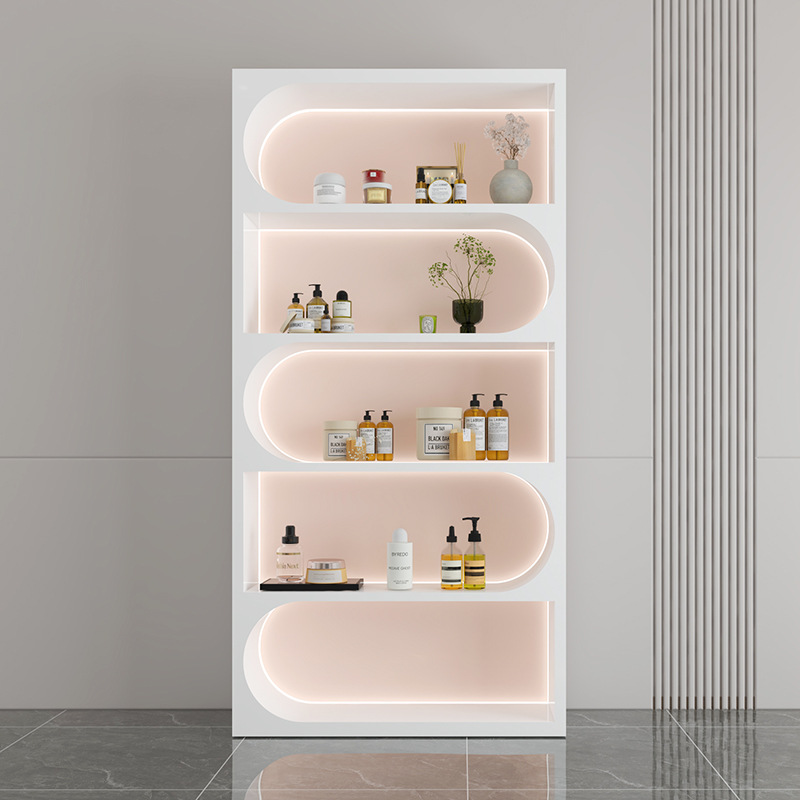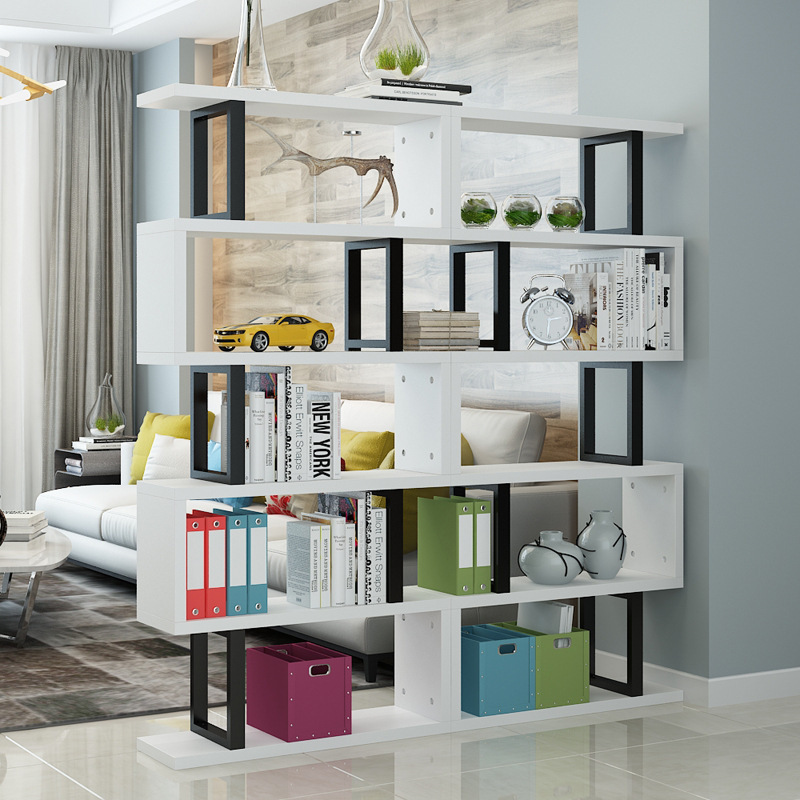Details to Pay Attention to When Making a Display Cabinet
I. Authenticity
To maximize the appeal of display cabinets in attracting customers, designers must fully utilize their creative talents and imagination to craft distinctive aesthetic visions. Simultaneously, authenticity in aesthetic creation remains paramount – the conveyed messages must be precise, avoiding exaggeration or pretentiousness. This principle is crucial in modern commercial display cabinet production. Failure to uphold this standard could not only damage credibility and violate professional ethics, but also foster consumer distrust and resentment. The American business community's "Eight Principles of Advertising" exemplifies this truthfulness: emphasizing factual accuracy, refraining from inducement, maintaining fair pricing, avoiding exaggeration, and providing honest recommendations. Importantly, prioritizing authenticity in commercial counter design doesn't negate the value of expressive techniques. On the contrary, to evoke emotional resonance and stimulate purchasing desire, designers must emphasize the uniqueness, richness, and novelty of presentation methods.
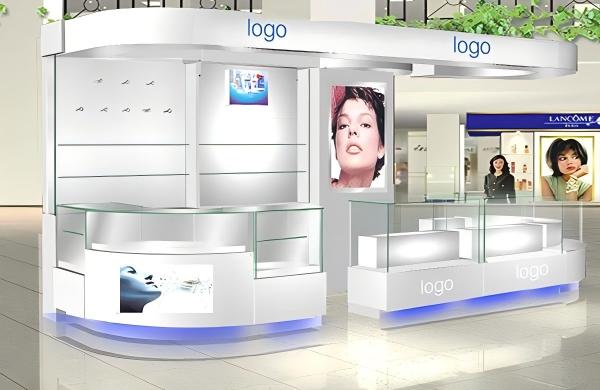
II.period feel
As products emerge from the development of social productive forces and scientific-technological advancements, they inherently reflect historical evolution and societal progress. Consequently, the creation of display cabinets serving as information channels between merchants and consumers inevitably bears distinct contemporary characteristics. Specifically, modern commercial counter design employs advanced technologies and modern management practices, leveraging the material advantages of industrialized mass production. Through diverse media presentations, it generates dynamic visual communication effects to achieve media strategies within commercial contexts. This approach transforms consumer psychology with innovative product concepts, enabling shoppers to make informed choices influenced by display aesthetics. Practical experience shows that successful designs often feature high-intensity visual stimuli or unconventional forms, aligning with the emotional resonance dictated by high-tech lifestyles and modern living standards. Conversely, designs lacking contemporary relevance lack visual impact, making them less engaging and easily overlooked.
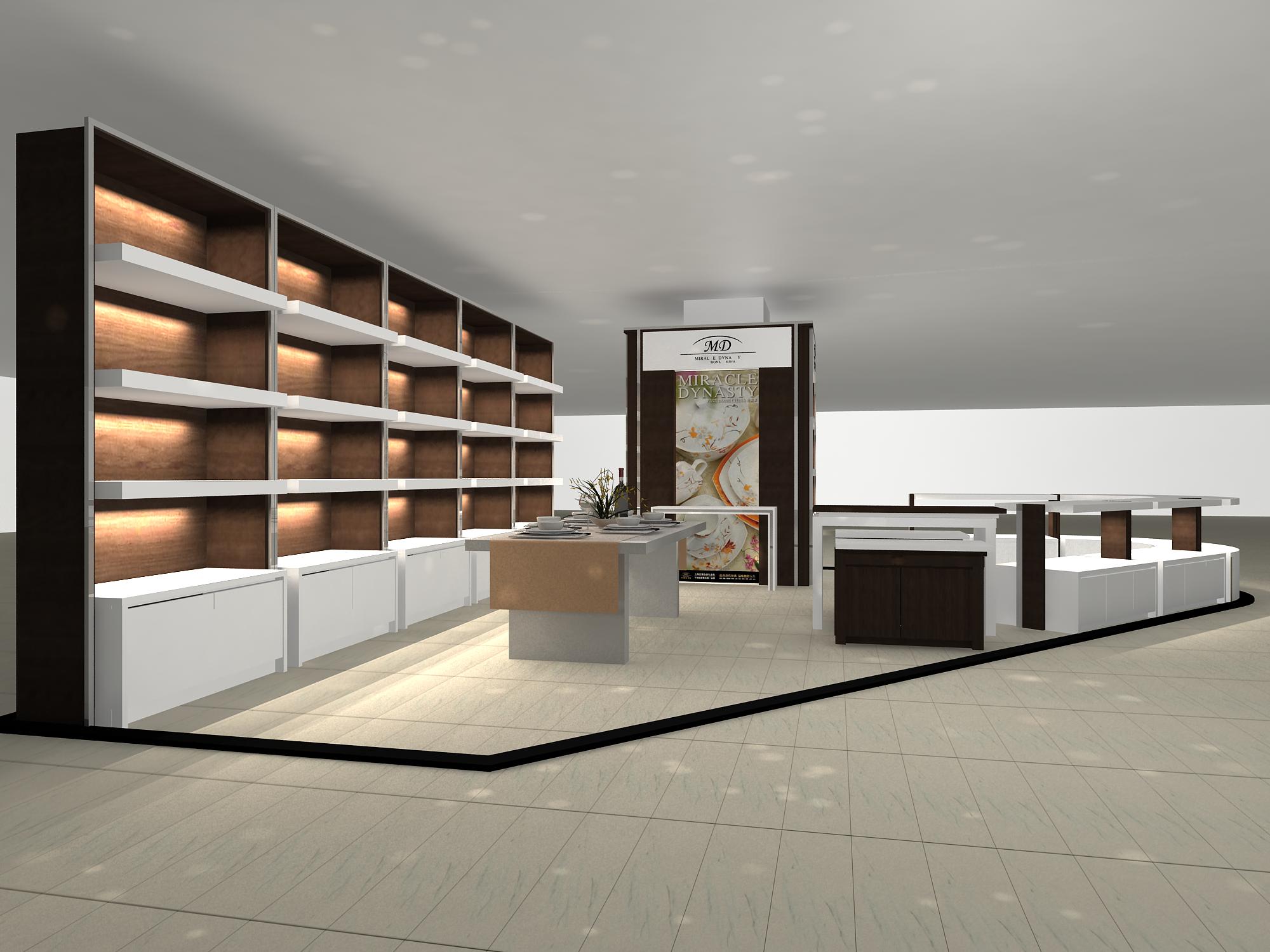
III. Environmental awareness
Display cabinets primarily engage human visual and auditory senses, maintaining close connections with the environments where people interact. As essential components of urban cultural landscapes, their environmental considerations must be fully emphasized. The creation of display cabinets exists within the human-environment system, requiring holistic spatial design. Comprehensive planning should integrate environmental characteristics including color schemes, architectural structures, road widths, and seasonal climates—particularly crucial for storefront displays, neon signage, posters, and digital advertising. Guided by urban master planning and aesthetic standards, unified design principles should be established. Only through systematic planning can vibrant street scenes emerge. Conversely, disorganized designs will result in chaotic appearances.
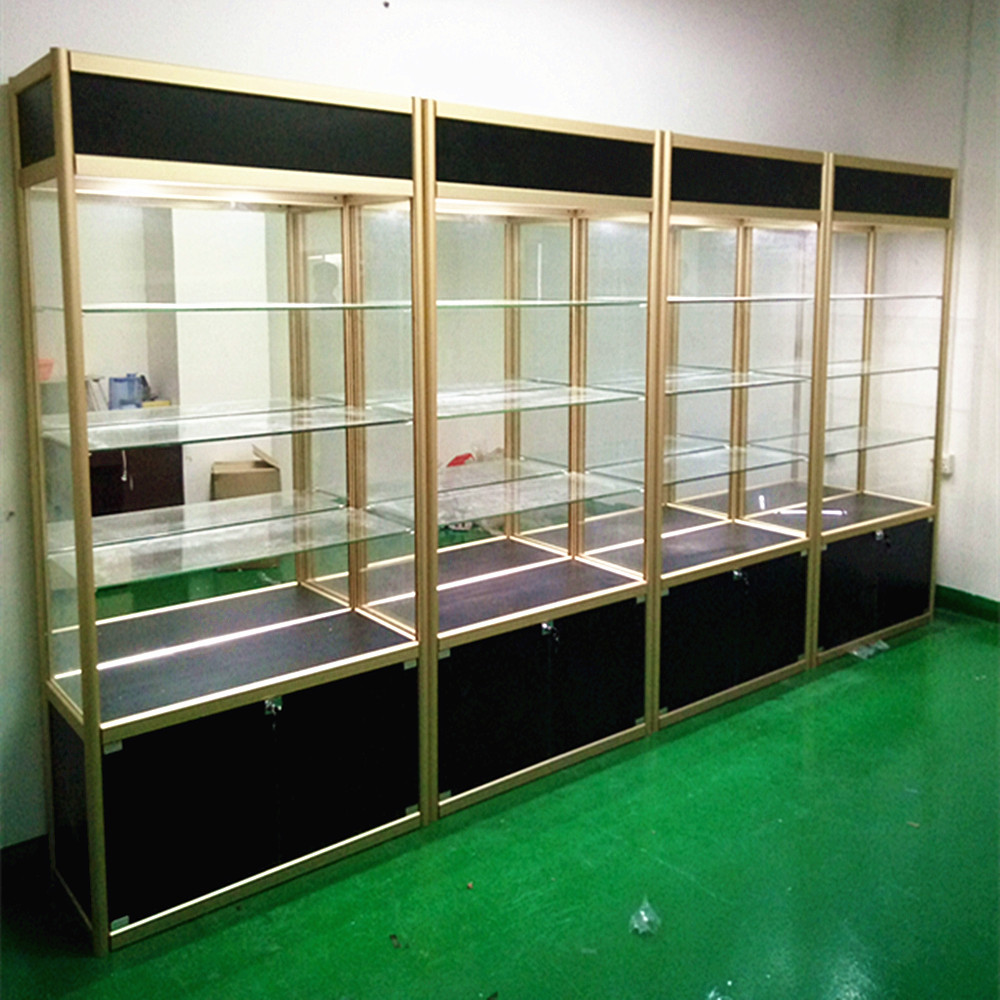
IV. Intuitive aesthetic effect
People typically engage with commercial displays within a brief timeframe. This reality makes "maximizing visual impact within minimal time" a key challenge in modern display cabinet design. Psychological research reveals that the "intuitive" aesthetic effect emphasizes instantaneous perception—a direct grasp of an object's essence based on prior experience and rational understanding. This immediate engagement stems from the emotional response triggered by the stimulus from the aesthetic object, allowing viewers to mentally enrich the object's image and form vivid impressions through imaginative processes.
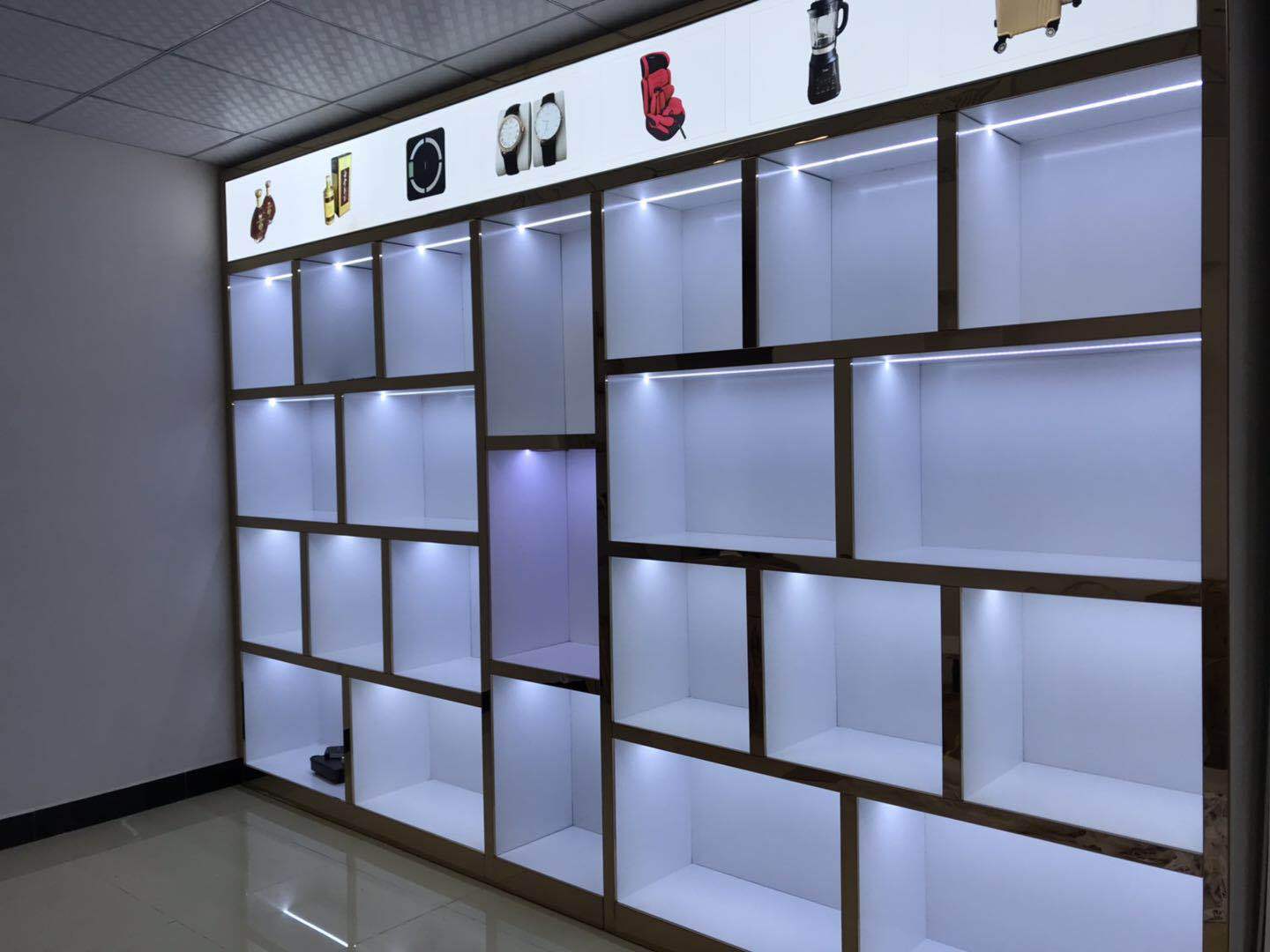
V. Displaying auxiliary facilities
Exhibition equipment refers to tools used for displaying, enclosing, supporting, hanging, or attaching exhibits, such as display racks, stands, panels, and cabinets. The principles for modern exhibition equipment design and selection are: First, prioritize standardized, serialized models over custom designs. Second, emphasize modular and disassemblable configurations to enable flexible combinations and variations, while ensuring easy packaging, transportation, and storage. Third, the structure must be durable, easy to manufacture, and safe. Fourth, designs should feature clean lines and simple color schemes.
The design or selection of display props' shapes, color schemes, specifications, and dimensions depends on factors such as the style, scale, nature of the display environment, characteristics of exhibits, and the color scheme of the exhibition space. With the growing popularity of modern exhibition activities, manufacturers are increasingly developing innovative display cabinets tailored to various exhibition formats. Standardized products from professional manufacturers are gradually replacing traditional display props. Therefore, when creating display cabinets, priority should be given to using multi-functional, series-based props over specially designed specialized items. This approach simplifies setup processes and reduces costs.
Display cabinets serve as essential tools for protecting and highlighting exhibits. Common types include wall-mounted cabinets, central display units (four-sided glass cabinets), table-top cabinets (desk-style units with horizontal or sloped glass covers), and scene boxes. Most commercial establishments use prefabricated high and central cabinets featuring grooves on vertical and horizontal components for glass insertion. Some models employ spring steel clips to secure glass panels. When placed against walls, certain models allow only back panels without glass installation. Some high cabinets incorporate built-in lighting fixtures at the top. Table-top cabinets come in two configurations: flat and sloped, with single-sloped units typically wall-mounted and double-sloped units positioned centrally in exhibition halls. Standard dimensions are: flat cabinets (105-120 cm total height, 120-140 cm length, 70-90 cm depth, 20-40 cm clear height); sloped cabinets (140 cm total height). Scene boxes are designed for single-direction viewing, while cabinet-style and niche-style large display units can create immersive environments with 180-150 cm height, 90-150 cm depth, and customizable length. The back and top sides of scene boxes should feature curved edges to enhance depth perception. To ensure authenticity, large scene boxes should have a depth exceeding half their width, with lighting strategically positioned to highlight exhibits.
Guangdong Weile Environmental Protection Technology Co., Ltd. is a professional custom manufacturer of display cabinets. Welcome to inquire and place orders.



